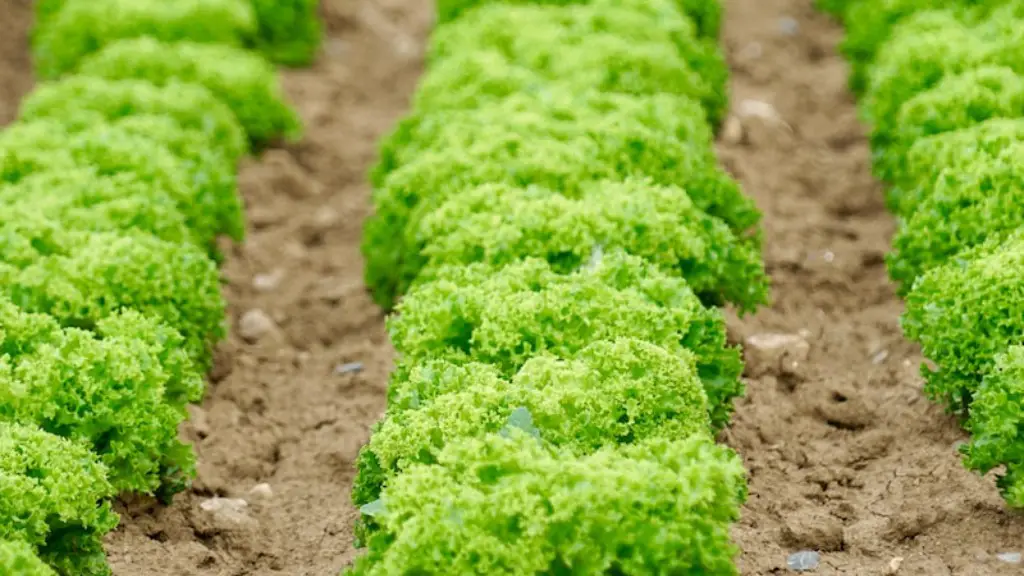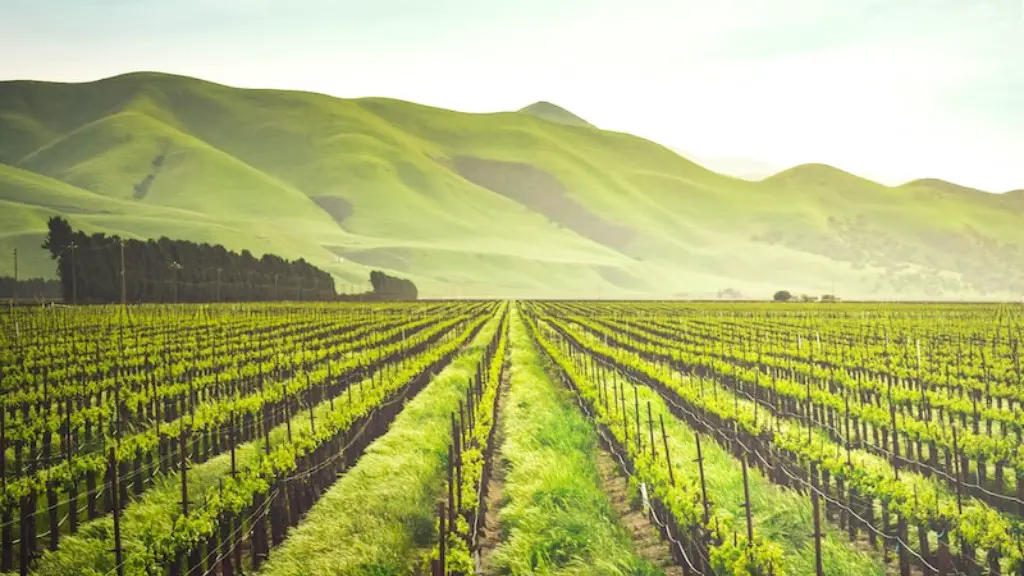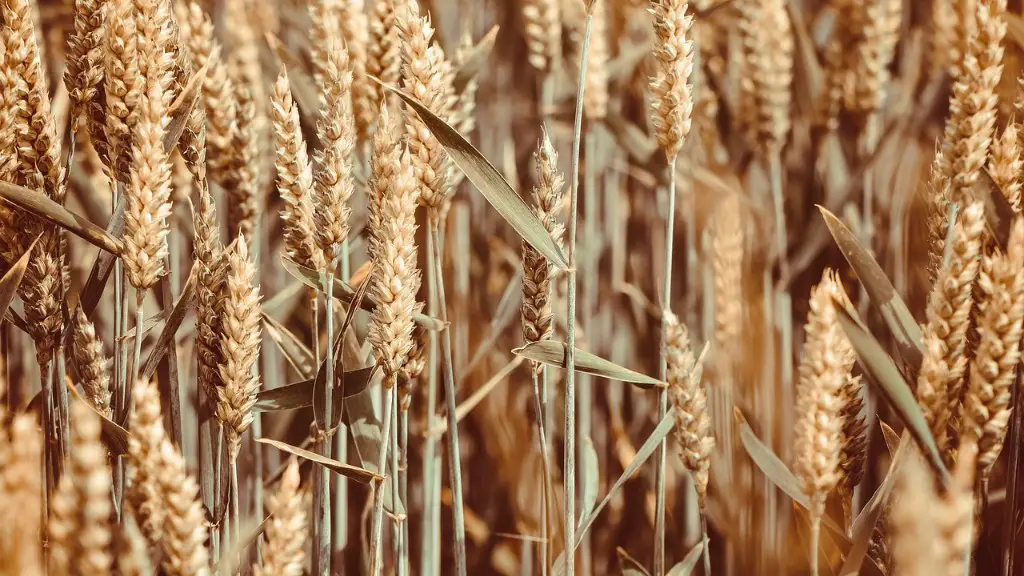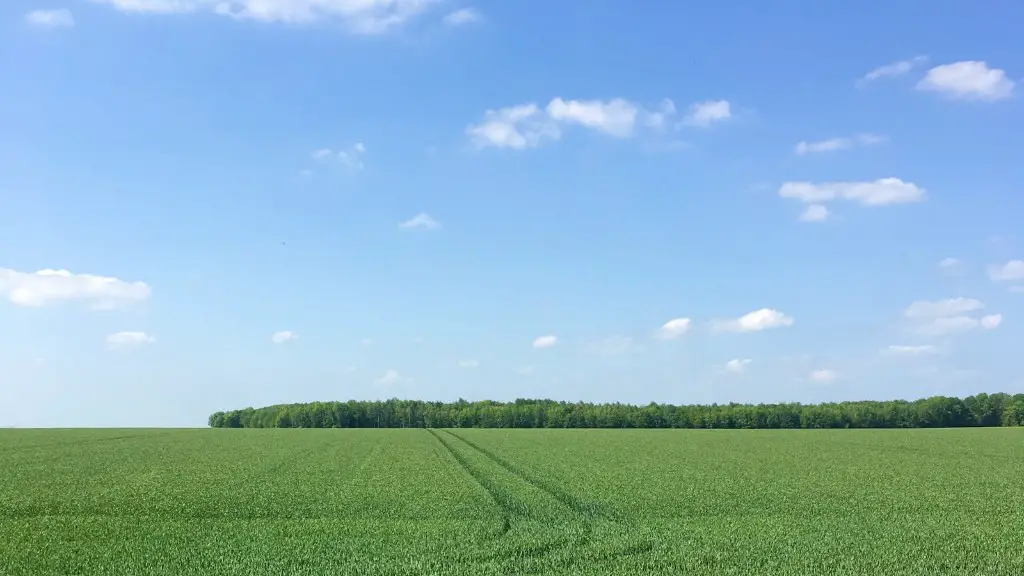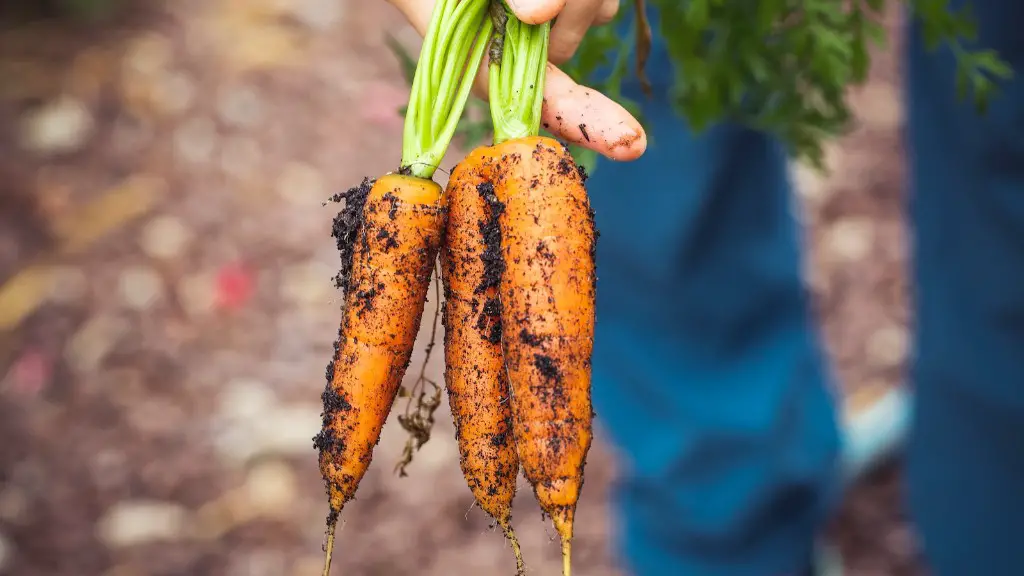Agriculture is a significant contributor to climate change. Agriculture accounts for about 10% of human-induced greenhouse gas emissions. Greenhouse gases from agriculture come from many sources, including:
•Soil management – when farmers till or plow soil, it releases carbon dioxide into the atmosphere;
•Animal husbandry – livestock like cows and sheep emit methane, a potent greenhouse gas, through belching and manure;
•Rice cultivation – flooding rice paddies emits methane;
•Fertilizer use – the production and application of nitrogen-based fertilizers creates emissions of nitrous oxide, another potent greenhouse gas.
Climate change is a serious threat to agriculture. It is projected to increase the frequency and intensity of extreme weather events like droughts and floods, which can damage crops and lead to land degradation. Climate change also threatens crop productivity by causing heat stress, changes in precipitation patterns, and increased competition from weeds and pests.
Agricultural practices can help mitigate climate change by sequestering carbon in the soil, reducing methane and nitrous oxide emissions, and increasing energy efficiency.
Agriculture is a major source of greenhouse gas emissions. Livestock emit methane, a potent greenhouse gas, while agriculture Also emits carbon dioxide and nitrous oxide. Together, these gas emissions contribute to climate change.
How does agriculture affect climate change?
Climate change is one of the most pressing issues of our time, and agriculture is a major contributor to greenhouse gas emissions. However, agricultural production can also be a tool for mitigating climate change, through carbon sequestration and reduced emissions.
Carbon sequestration is the process of storing carbon in the soil or vegetation, and it can be achieved through changes in land use or production practices. For example, planting trees or cover crops, using no-till or low-till methods, and reducing tillage can all increase the amount of carbon stored in the soil. In addition, reduced emissions from agricultural production can be achieved through practices such as precision agriculture, which can help to reduce fuel use, and livestock management, which can help to reduce methane emissions.
By making changes to agricultural production, we can help to reduce greenhouse gas emissions and mitigate climate change.
Agriculture is responsible for a significant amount of anthropogenic global warming, largely due to methane and nitrous oxide emissions. Reducing these emissions could play a significant role in mitigating climate change.
How is agriculture affecting the environment
Agriculture is the leading source of pollution in many countries. Pesticides, fertilizers and other toxic farm chemicals can poison fresh water, marine ecosystems, air and soil. They also can remain in the environment for generations.
There is a growing movement to shift away from large-scale, conventional farming in favor of more sustainable methods. Sustainable farming practices include diversifying crops, using organic methods, and relying on renewable energy sources. These practices can help reduce pollution, conserve resources, and improve soil health.
What is the negative impact of agriculture?
Agriculture is a leading contributor to environmental degradation. The sector is responsible for a number of environmental issues that cause environmental degradation, including climate change, deforestation, biodiversity loss, dead zones, genetic engineering, irrigation problems, pollutants, soil degradation, and waste. These issues are having a major impact on the environment and are contributing to the deterioration of the planet.
The impact of deforestation includes pollution of water bodies due to the toxic pesticides and insecticides, slash and burn, which causes erosion, ecological effects (such as carbon sequestration, energy cycle, surface water quantity regulation etc), loss of forest soil and Forest watershed due to the heavy tillage that is carrying out. All of these impacts have a negative effect on the environment and the people that live in it.
How does agriculture pollute the atmosphere?
Agriculture’s role in air pollution is becoming increasingly important as the world population continues to grow. The demand for food is putting pressure on farmers to increase production, which in turn is leading to more intensive farming practices that are polluting the air. Smoke from slash and burn agriculture, and the production of silt, ash, and soil dust from activities like tillage, transporting, and harvest, are all contributing to the contamination of the air with particulate matter.
While the problem of air pollution from agriculture is complex, there are some steps that farmers can take to reduce their impact. Switching to no-till or low-tillage farming methods can help to reduce the amount of dust that is produced. Cover crops can also be used to help control soil erosion and reduce the amount of particulate matter that is carried into the air.
Agriculture can have a significant impact on the environment, both positive and negative. On the positive side, agriculture can help reduce CO2 levels, improve air quality, provide habitat for wildlife, and provide food. On the negative side, agriculture can lead to soil erosion, water pollution, contribute to climate change, and deforestation.
What are 3 problems of agriculture
Setting the table to address the triple challenge means creating a plan that addresses all three issues at once. This can be done by supporting sustainable agriculture, encouraging responsible consumption, and protecting natural resources. Each of these actions will help to improve the food system and make it more resilient to the challenges of population growth, climate change, and resource scarcity.
The loss of agricultural land and the decrease in the varieties of crops and livestock produced are two of the most major problems in agriculture. Agricultural land is being lost to development and other land uses at an alarming rate, and the number of crop and livestock varieties produced is decreasing as farmers focus on fewer and fewer types of crops and animals. This is a serious problem because it leads to a loss of biodiversity and a decrease in the overall resilience of the agricultural system.
How does agriculture positively and negatively impact the environment?
While agriculture can have negative impacts on the environment, it can also have positive impacts. For instance, agriculture can trap greenhouse gases within crops and soils, or mitigate flood risks through the adoption of certain farming practices. By taking steps to minimize the negative impacts of agriculture, we can help to protect our environment.
Excess nutrients in water bodies can be a result of many different practices, but one common contributor is improper livestock waste disposal. When animal waste is not disposed of properly, it can leach into nearby water bodies and introduce high levels of nutrients, which can lead to algal blooms and other water quality problems. One way to mitigate this issue is to properly manage irrigation systems in areas near livestock operations. By doing so, you can help to prevent the movement of dissolved minerals and other pollutants from the waste into surface water bodies.
Why was agriculture the worst mistake in human history
One of the main reasons for the development of deep class divisions was the development of agriculture. Agriculture allowed for the production of surplus food, which could be used to support a non-working class of people, like priests and government officials. This non-working class was able to live off the work of the peasantry, and as a result, a rift developed between the rich and the poor. The introduction of agriculture also led to the development of private property, which further exacerbated class divisions.
The rising cost of input costs is a major issue for farmers and ranchers. The high cost of fuel severely impacts farmers and ranchers, especially as they navigated the fall harvest season. The cost of fertilizer increased by more than 60% from 2021 to 2022. This is a major concern for farmers and ranchers who are struggling to keep up with the cost of production. The rising cost of input costs is a major challenge for the agricultural industry and is something that needs to be addressed in the coming year.
What are the current issues in agriculture?
Supply chain shortages have been a central issue for farmers and ranchers, as they have made it difficult to find machinery parts and transport commodities. These bottlenecks have led to far-reaching impacts on farmers and ranchers, making it difficult to find machinery parts and transport commodities. These shortages are a central contributor to inflation and spiking farm production costs.
There are many reasons to relocate to Canada today! Modernization and mechanization are state of the art, and the country is highly literate with little ignorance. The infrastructure is sound with plenty of social amenities, and there are modern storage and processing facilities. Moreover, land loss due to natural disasters is very unlikely, and Canada has excellent access to land and fertilizers.
Warp Up
Climate change refers to a broad array of environmental degradation that is predicted to result from increasing levels of atmospheric CO2, including global warming, alterations in precipitation, sea level changes and more extreme weather events. Agriculture is responsible for a significant portion of global greenhouse gas emissions, primarily through deforestation, soil erosion, and methane and nitrous oxide emissions from livestock and fertilizer use. Together, these activities contribute to climate change by trapping heat in the atmosphere and altering the Earth’s energy balance.
Climate change is one of the most significant global challenges of our time. It is now more certain than ever, that human activity is responsible for changing the climate. The burning of fossil fuels such as coal and oil releases what are known as greenhouse gases into Earth’s atmosphere. There, these gases trap heat from the sun’s rays inside the atmosphere causing Earth’s average temperature to rise. Agriculture also plays a role in climate change. The United Nations’ Intergovernmental Panel on Climate Change’s (IPCC) Fifth Assessment Report states that agriculture, forestry and other land use account for 24% of global greenhouse gas emissions. The report also notes that this figure is likely to rise as the world’s population grows and demand for food increases. Agricultural emissions come from a variety of sources, including: livestock, such as cows and sheep, which release methane gas; the production of nitrogen-based fertilizers, which release nitrous oxide gas; and the burning of crops and trees. Reducing agricultural emissions will be essential to mitigating and adaptation to climate change.
